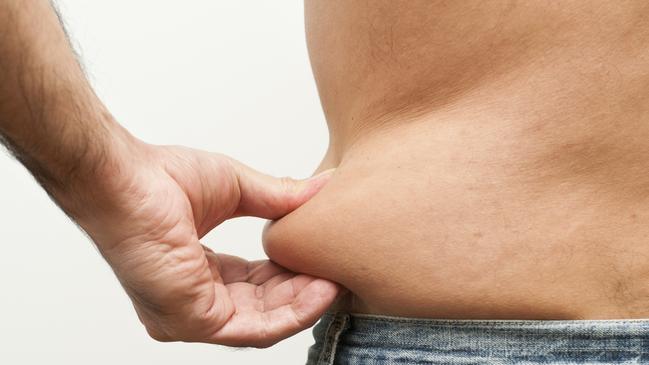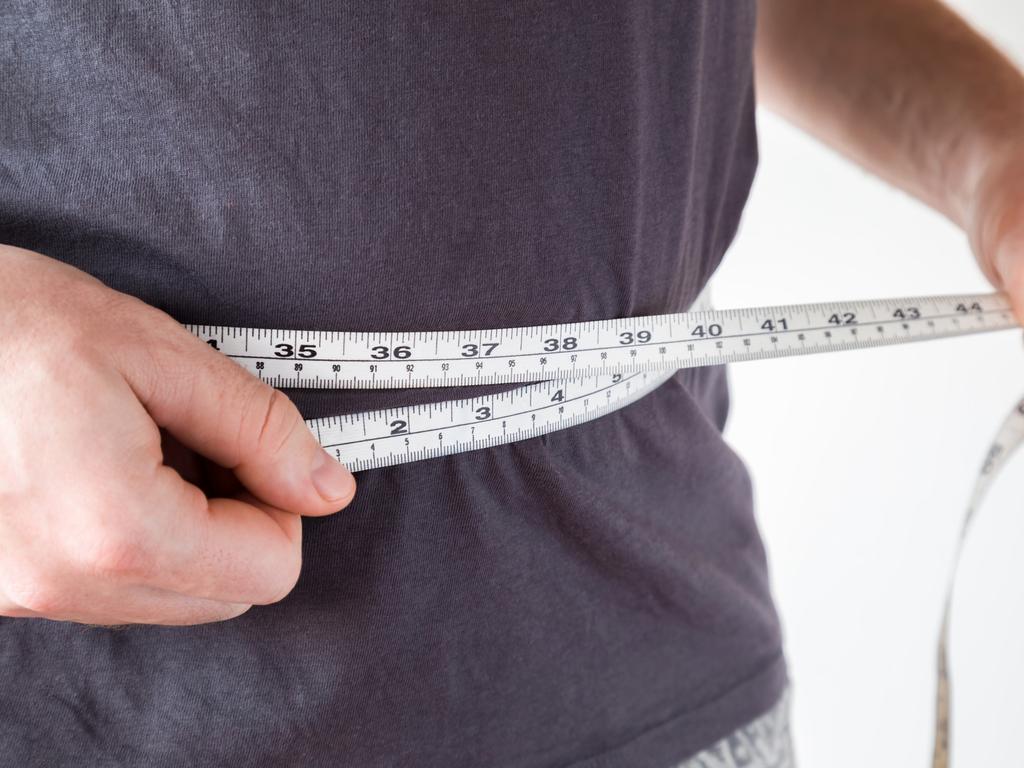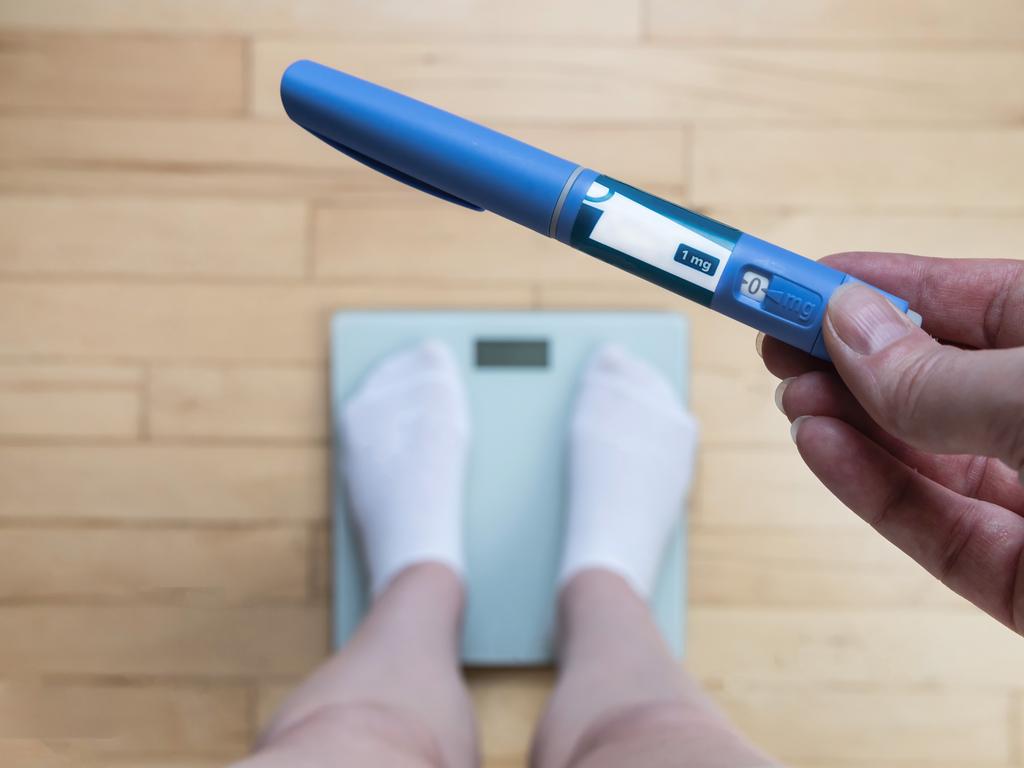Is ‘fat but fit’ better than ‘slim but lazy’?
Obese exercisers have healthier belly fat than overweight people who are inactive, says a new study.

If you hit the gym, tot up 10,000 daily steps or complete a weekly Parkrun, does it matter if you’re overweight? The “fat but fit” phenomenon sits uneasily with some scientists, yet evidence is mounting that exercise does more than burn calories, and suggests active people can lay claim to being healthy despite their obesity.
Last week, results of a study by researchers from the University of Michigan published in the journal Nature Metabolism showed that, despite a weight and body mass index (BMI) that places them in the obese category, long-time exercisers had healthier belly fat tissue than overweight people who were inactive.
A team led by Jeffrey Horowitz, a professor of movement science at Michigan School of Kinesiology, took samples of belly fat tissue from two groups of people who were matched for body fat mass, weight and sex. Half of the participants had been exercising four times a week or more for at least two years, and half never exercised. Analysis revealed there were stark differences in the “structural and biological characteristics” of the fat tissue between the two groups.
Regular activity had changed the way the exercisers’ bodies stored fat, with more of it deposited “more healthily” just beneath the skin as subcutaneous adipose tissue, and less stored as visceral fat “around the organs or in the organs themselves”, which is known to be a risk factor for disease. Exercisers also had more blood vessels, lower levels of damaging inflammation, more mitochondria (the structures in cells that process energy), and higher amounts of proteins that are beneficial to health.
“Our findings indicate that exercising regularly ... seems to modify your fat tissue in ways that allows you to store your body fat more healthfully if or when you do experience some weight gain,” Horowitz said.

Overweight couch potatoes are known to store higher amounts of fat in their muscle cells, which contributes to insulin resistance and blood sugar issues, raised cholesterol, and an increased risk of type 2 diabetes and conditions that affect the heart and blood vessels. Yet what other scientists have termed “metabolically healthy obesity” sees many overweight exercisers avoid such side effects.
Last year, in research presented at the European Association for the Study of Diabetes annual meeting, Matthias Bluher, an endocrinologist and obesity scientist at the University of Leipzig, estimated that “15-20 per cent of people living with obesity have none of the metabolic complications we associate with the condition”.
George Morris, a physiologist at St Mary’s University, Twickenham, says nobody can exercise away the effects of poor lifestyle habits, and you can’t override all health risks associated with obesity by staying physically active. “But any increase in activity if you are sedentary is going to lead to metabolic improvements,” he says.
Here’s what else you need to know:
Can you get away with not exercising if you are slim?
In short, no. The overriding message from scientists is that it is better to be fat and fit than thin and inactive. “What is important to realise is that regular exercise improves health status whatever your size and shape,” Morris says. “Even small amounts of regular activity will see a sharp upswing in metabolic improvements.” It’s a misconception, he says, that being overweight or obese is the single main risk factor for heart disease and type 2 diabetes. “Low physical activity levels and a lack of cardiorespiratory fitness also put you at greater risk.”
How quickly will exercise improve your health?
Morris says that improvements come with increasing the amount of exercise you do almost immediately.
“The body is amazing in the way it adapts to the stresses of physical activity. And within a short time exercise helps to counter some of the undesirable side effects of carrying around excess body fat, such as higher cholesterol and blood sugar levels.”
In a study at the University of Aberdeen, Professor Dana Dawson, the chair in cardiovascular medicine, persuaded a group of middle-aged men who were training for triathlons and running events to put their feet up, while a second group of sedentary and overweight mid-liferss with early-stage type 2 diabetes exercised for the first time on indoor bikes for one hour a day, five days a week. The results, published in the journal Nature Communications earlier this year, showed that within eight weeks the previously sedentary group displayed significant improvements in their metabolic health and fat-burning abilities despite making no changes to their diet, whereas, says Dawson, “For the well-trained men who stopped there was a ‘deconditioning’ effect that saw a sharp drop in their metabolic health.” She adds, “I would say there are cardiometabolic gains within a couple of weeks for many people who didn’t do much before.”

If you’re fat but fit, are you storing up health problems?
Bluher warns that “even with what we would call metabolically healthy obesity”, someone in their forties could still be at a 50 per cent higher risk of heart disease later in life than active people of normal weight.
Dawson says that this is because, even if you’re active, being overweight stresses the body more than if you are not carrying around excess fatty baggage. “With greater amounts of body tissue requiring more nutrients, the blood vessels to the heart have to work harder to deliver them.” Being active and overweight is better than being sedentary and overweight, but exercising and maintaining a normal weight is always better, she says.
Surely you can’t be fat ‘inside’ if you are a super-fit runner?
On an activity scale of 0 for a couch potato to 10 for an Olympian, most of us fall somewhere in the 0-7 range. But if you are a trained athlete - ie a super-fit triathlete or marathon runner in the 8-10 fitness range - it might come as a surprise that you are not immune to accumulating hidden “inner” fat in your muscles.
“Extremely athletic people often have similar amounts of fat stored in their muscles as a very sedentary population,” Dawson says. “But there are stark differences in how this fat is used, as athletes’ bodies seem to be able to utilise it as an immediate source of energy, whereas it remains unused and stores up health problems in people who lead sedentary lifestyles.” Super-fitness has this protective effect until illness, injury or lack of time and motivation stop you in your tracks. “We have seen that muscle mass diminishes in as little as nine days in highly trained people who suddenly stop,” she says. “So we might expect that some of the protective effects of exercise also fall for everyone in that sort of time frame.”
How do you know if you are too fat inside and out?
BMI - divide your weight (in kg) by your height in metres and square it - has long been used as a metric for estimating body fat but, says Dawson, other calculations “give a more accurate rating of body fat, especially that stored dangerously around the middle”. The British Heart Foundation suggests calculating your waist to height ratio (WHR) by dividing your waist measurement in centimetres by your height in centimetres. A ratio of 0.5 to 0.59 suggests that you have excess fat around your belly - the risky type that has been associated with cancer, heart disease and type 2 diabetes. A WHR over 0.6 is high risk.
Meanwhile, the body roundness index (BRI), which measures height and hip and waist circumference, provides an even more accurate indication of abdominal fatness. “Recent studies have shown the BRI gives a pretty accurate picture of abdominal fat and risk,” Dawson says. One recent study in the JAMA Network Open journal found that the BRI does a good job of estimating body fatness and identifying people at higher risk of premature death due to obesity-related problems.
To calculate your BRI, measure your height, waist circumference and hip circumference, then enter the results along with your age, gender and ethnicity into an online BRI calculator. BRI scores range from 1 (a narrow body) to 20 (a rounder shape), with a lower BRI score (around 2.5) indicating a healthier body shape.
The Times





To join the conversation, please log in. Don't have an account? Register
Join the conversation, you are commenting as Logout